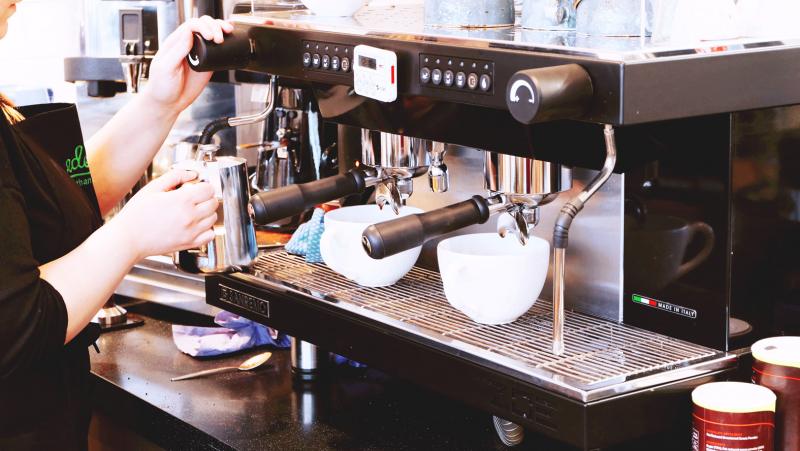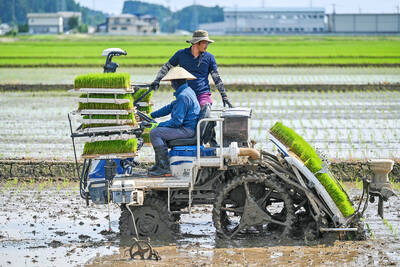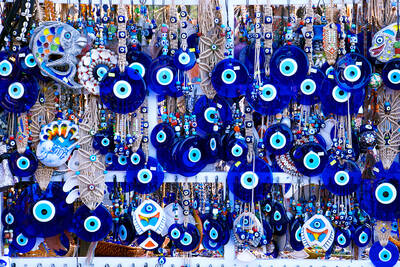A: Why do we call what is basically just a black coffee an “Americano”? Is it because all Americans take their coffee like this?
B: Nobody knows for sure, but one theory goes that it was invented by Italians, as the name Americano is actually Italian.
A: Don’t all Italians drink espresso or cappuccinos? Those names are definitely Italian.

Photo: Pixabay 照片: Pixabay
B: It is said that during World War II, Americans stationed in Italy couldn’t get used to drinking the strong, thick espressos, so they asked the Italians to dilute it with hot water to make a slightly weaker black coffee.
A: So it’s like drinking beer if you can’t stomach Kaoliang?
B: Yeah, that analogy is a bit weird, but it’s something like that.
A: 明明就是黑咖啡,為什麼要叫做「美式咖啡」啊?因為美國人都喝這種咖啡嗎?
B: 它的起源其實不可考,不過有一說認為是義大利人發明的 ,因為美式咖啡的英文「Americano」是義大利文。
A: 義大利人不是都喝espresso,或是卡布奇諾嗎?因為這兩個名詞根本就是義大利文啊。
B: 傳說是二戰時期駐守在義大利的美軍喝不慣濃烈的espresso,所以就要求義大利人在espresso裡加點熱水,變成比較淡的黑咖啡。
A: 所以就是喝不慣高粱,改喝啤酒的意思。
B: 你這個比喻有點怪,可是也好像蠻貼切的。
(Translated by Paul Cooper, Taipei Times/台北時報林俐凱)
Audio recordings for Speak Up! dialogues will be suspended until further notice due to the pandemic.

Rice is essential to Japanese culture, tradition and politics. People take pride in the oval-shaped sticky Japonica grain, which is still a staple even though total consumption has fallen over the decades. But since last summer, prices have soared as supplies have fallen short of demand. The government has long paid farmers to cut back on rice acreage, and change to other crops to keep rice prices relatively high. To cope with shortfalls this year, the government has released rice reserves. But the grain has been slow to reach supermarket shelves. Anger over that was part of the reason the Agriculture Minister

In Taiwan, 7-Eleven convenience stores can be found on almost every street corner. With over 84,600 stores across 20 countries, 7-Eleven has more locations than any other retail business on Earth. For millions of people, the chain is an important part of daily life, providing coffee, quick meals, and essential items for those __1__. The history of 7-Eleven began nearly 100 years ago in Dallas, Texas. In 1927, the Southland Ice Company began selling blocks of ice that were used to keep fridges cool. Shortly after opening, the company __2__ its offerings to include groceries like milk, eggs, and

Step into any corner of Turkiye, and you’ll likely encounter the iconic “Evil Eye,” known as “nazar boncu?u” in Turkish. This striking blue glass ornament is shaped like an eye with concentric circles of dark blue, white, and light blue. While its name in English suggests something threatening, it’s actually a charm designed to ward off misfortune. The origins of the nazar boncu?u can be traced back to ancient Mediterranean and Middle Eastern traditions. The word nazar comes from Arabic, meaning “gaze,” while boncu?u translates to “bead” in Turkish. Central to the nazar boncu?u’s mythology is the idea that

Continued from yesterday(延續自昨日) https://www.taipeitimes.com/News/lang In 1946, the company adopted the name 7-Eleven to reflect its newly extended __3__, from 7am to 11pm, a novel concept at the time. As a rapidly growing company, it began offering franchise opportunities in the 1960s. In 1974, the first 7-Eleven in Japan was opened by the supermarket company Ito-Yokado. The Japanese franchises were __4__ successful that by 1991, Ito-Yokado was able to acquire a 70 percent stake in Southland Corporation. Its investments eventually resulted in full ownership of 7-Eleven, which paved the way for the Japanese company to enter the international market. Since then, 7-Eleven